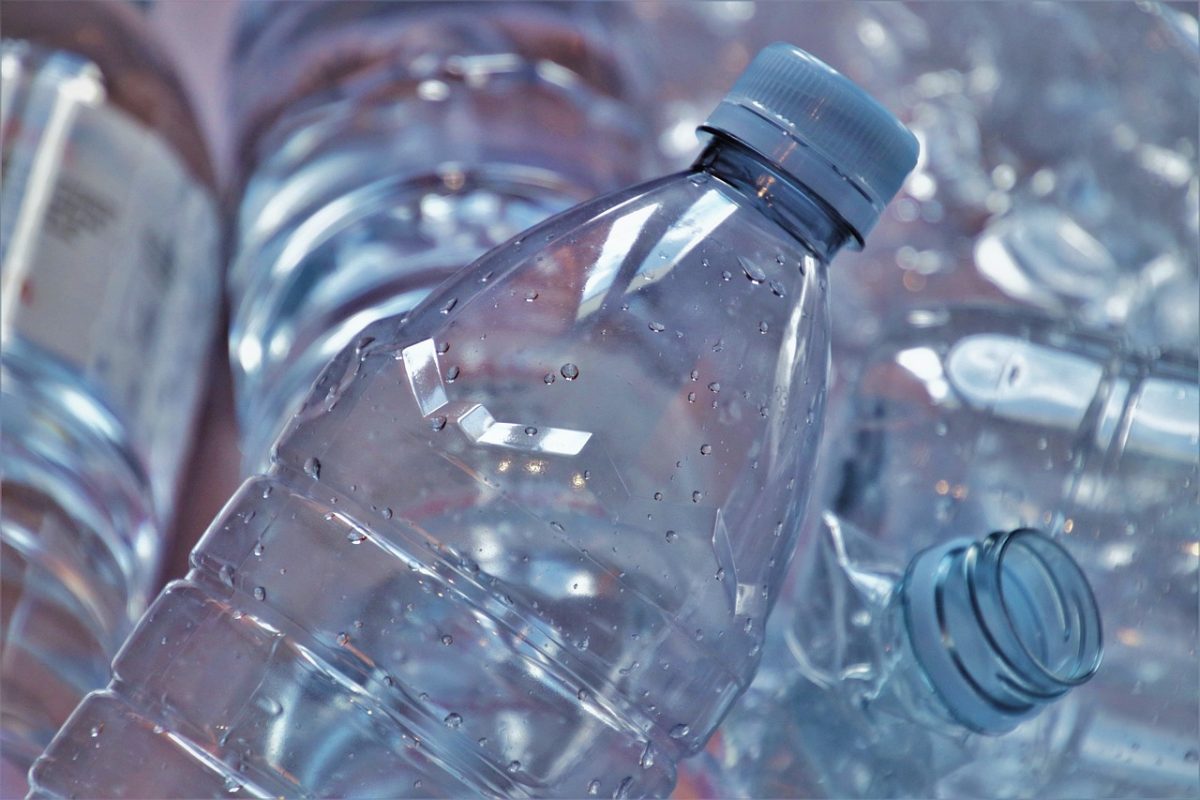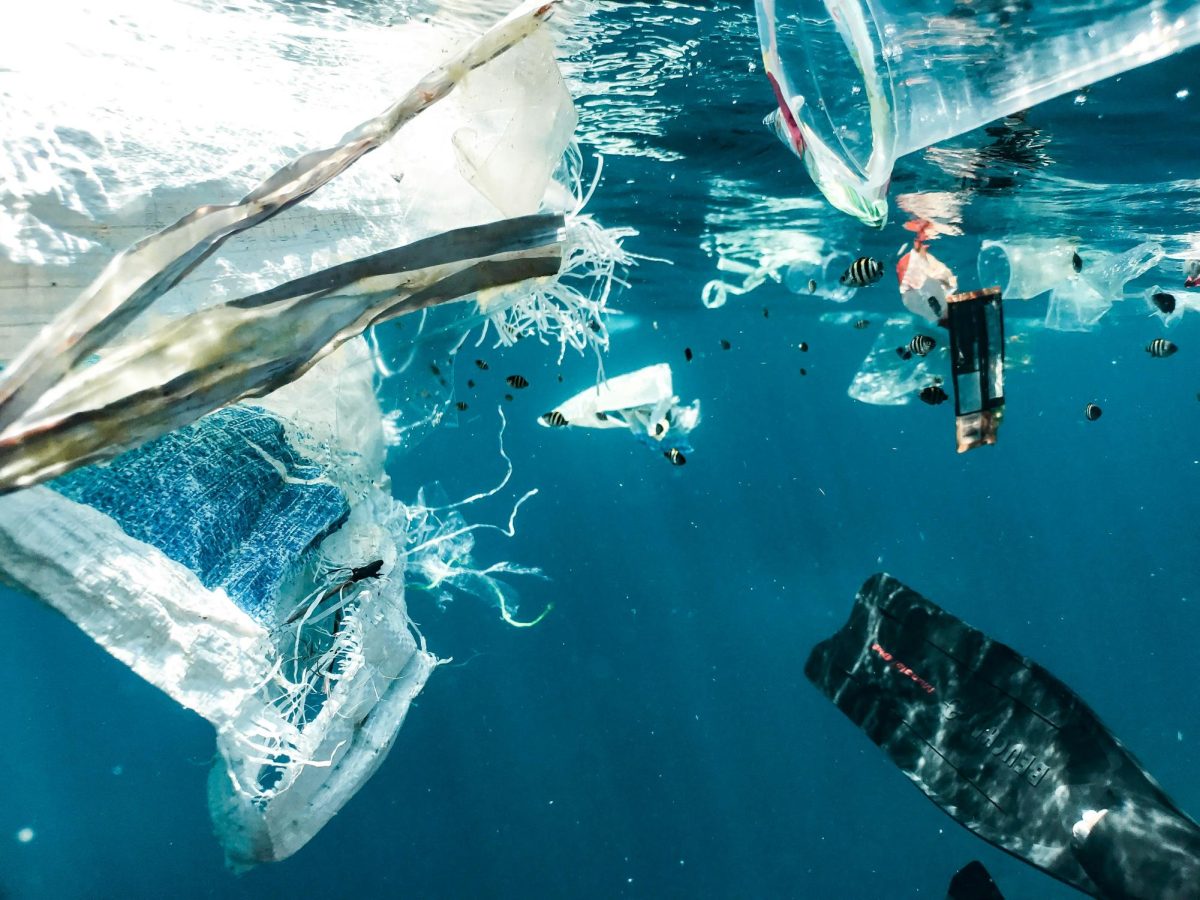In a world grappling with the environmental repercussions of plastic waste, innovative technologies are emerging to address the urgent need for sustainable solutions. Among these, pyrolysis liquefaction stands out as a promising process to transform waste plastics into valuable resources. In this article, we delve into the intricate process development of pyrolysis liquefaction and its potential to revolutionize waste management.
Understanding Pyrolysis Liquefaction:
Pyrolysis liquefaction is a cutting-edge process that utilizes high temperatures in the absence of oxygen to break down complex polymers found in plastics. This thermal degradation results in the conversion of solid plastic waste into liquid fuels, chemicals, and other valuable by-products. By steering away from traditional disposal methods, such as landfills and incineration, this technology holds the promise of reducing environmental impact and contributing to a circular economy.
The Process Journey:
The journey of pyrolysis liquefaction begins with the collection of waste plastics. These plastics, often considered non-recyclable or challenging to process conventionally, become the raw material for this transformative method. The plastics are then subjected to controlled heating within a pyrolysis reactor, causing them to undergo thermal decomposition.
As the plastics heat up, they release volatile gases, which are condensed into a liquid form through a cooling process – this is the liquefaction stage. The resulting liquid, often referred to as pyrolysis oil or bio-oil, holds significant potential as a sustainable energy source or as feedstock for various industrial applications.
Challenges and Innovations:
While the concept of pyrolysis liquefaction is promising, challenges persist in terms of efficiency, scalability, and economic viability. Researchers and engineers are actively engaged in overcoming these hurdles through ongoing process development and technological advancements. Innovations include optimizing reactor designs, enhancing catalyst efficiency, and exploring novel ways to utilize the diverse by-products generated during the process.
Environmental Benefits:
One of the key advantages of pyrolysis liquefaction is its positive impact on the environment. By diverting plastic waste from landfills and incineration, this process not only addresses the issue of plastic pollution but also contributes to the reduction of greenhouse gas emissions. The resulting liquid fuels, with their potential to replace traditional fossil fuels, offer a more sustainable and environmentally friendly energy alternative.
A Path to Sustainability:
As the world strives towards a more sustainable future, the process development of pyrolysis liquefaction holds significant promise in the realm of waste management. The ability to convert plastic waste into valuable resources aligns with the principles of a circular economy, where materials are reused, recycled, or transformed into new products, mitigating the environmental impact of our consumption habits.
In conclusion, the ongoing process development of pyrolysis liquefaction represents a beacon of hope in the quest for sustainable waste management. As researchers and engineers continue to refine and innovate, this technology may emerge as a cornerstone in the global effort to address the environmental challenges posed by plastic waste, paving the way for a cleaner, greener future.






